As athletes and coaches continually seek ways to optimize training methods and enhance athletic performance, it is imperative to critically examine the effectiveness of different conditioning techniques. Two recent studies shed light on the inadequacies of dynamic conditioning in achieving optimal muscle activation and rate of force production. This morning, we will delve into these studies and explore how Isophit, a training method emphasizing high-load, multi-joint isometric exercises, may present a more promising avenue for achieving the desired improvements.
In the study by Comfort et al. (2022), the researchers investigated the changes in early and peak isometric force production in response to moderate-load (60–82.5% 1 repetition maximum [1RM]) and high-load (80–90% 1RM) resistance training. Surprisingly, only trivial to small increases in early force production were observed after the moderate-load dynamic training period. This highlights the ineffectiveness of moderate-load dynamic conditioning, which typically involves higher movement velocities associated with velocity-based training methods, in enhancing rapid force development.
The study conducted by Babault et al. (2001) examined the activation levels of the quadriceps femoris muscle group during isometric, concentric, and eccentric contractions. Their findings showed that maximal eccentric and concentric contractions exhibited significantly lower activation levels compared to maximal isometric contractions. Even during submaximal contractions, dynamic muscle actions, especially eccentric contractions, fell short in activating the muscles to the same extent as isometric or concentric contractions.
Activation of human quadriceps femoris during isometric, concentric, and eccentric contractions
The combined evidence from these studies casts serious doubt on the effectiveness of dynamic conditioning methods in producing the desired enhancements in muscle activation, rate of force development, and peak isometric force production. As a result, coaches and athletes might find themselves questioning the viability of dynamic conditioning as the optimal method for improving performance. This may help explain why injury rates in sport have yet to drop significantly.
Isophit offers a compelling alternative. By prioritizing high-load, multi joint isometric exercises, Isophit taps into the superiority of isometric contractions in activating muscles and maximizing isometric strength more effectively. With a focus on early force production, Isophit training may lead to superior adaptations in rapid force development.
As coaches and athletes seek to optimize training methods for enhanced muscle activation and performance, the results of these studies raise concerns about the efficacy of dynamic conditioning. The ineffectiveness of dynamic muscle actions in fully activating muscles and producing optimal force development warrants a shift in approach.
Isophit emerges as a promising alternative, emphasizing high-load, multi-joint isometric exercises to elicit superior muscle activation. By turning to Isophit, coaches and athletes can potentially unlock greater gains in rapid force development and peak isometric force, leading to improved performance and reduced injury risk in various sports and activities.
For further information on isometric strength training and its profound impact on functional health and performance, visit our website at www.isophit.com or reach out to me via my email at brad@isophit.com.
Yours in Isometric Strength,
Brad Thorpe
CEO / Inventor
Isophit

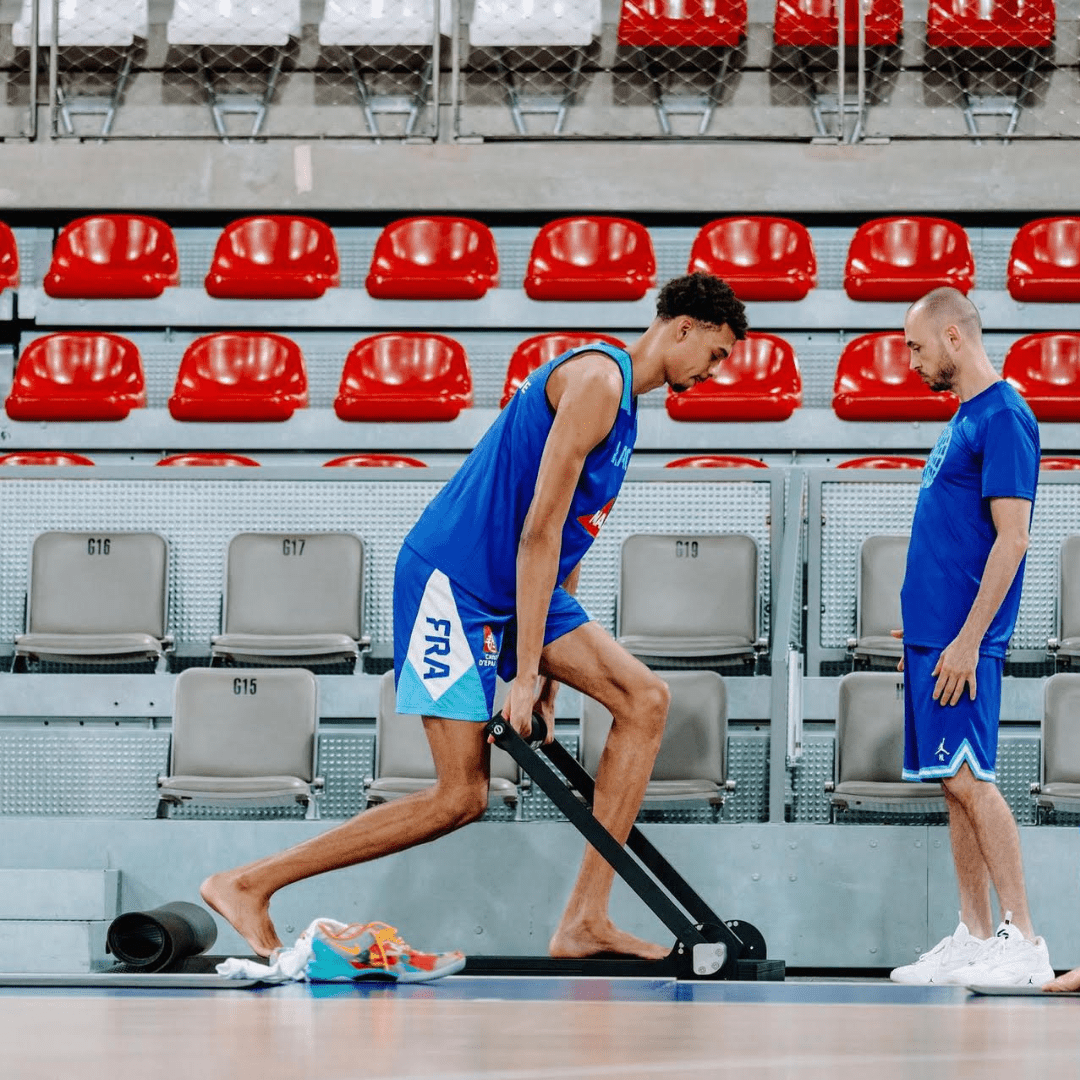


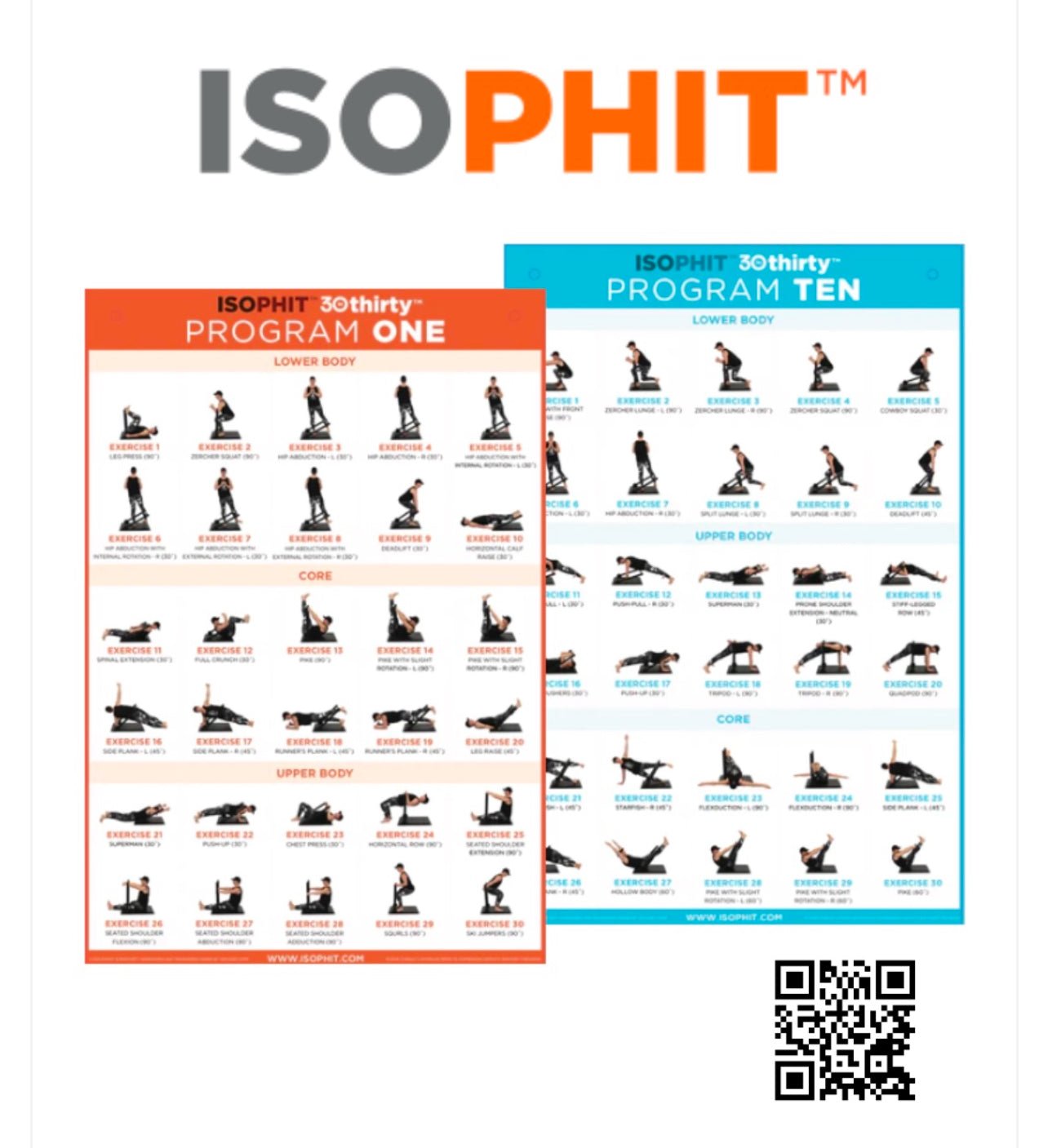
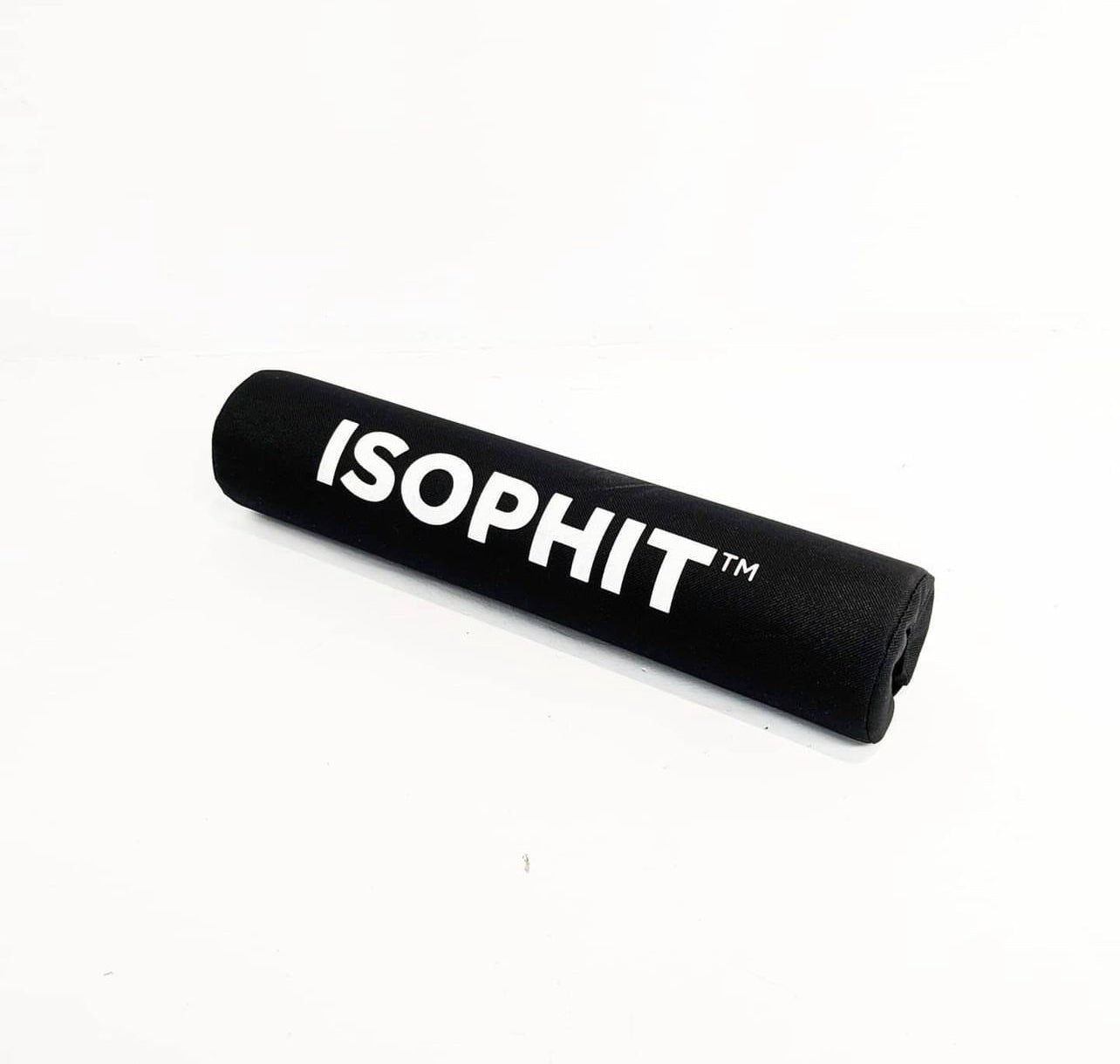
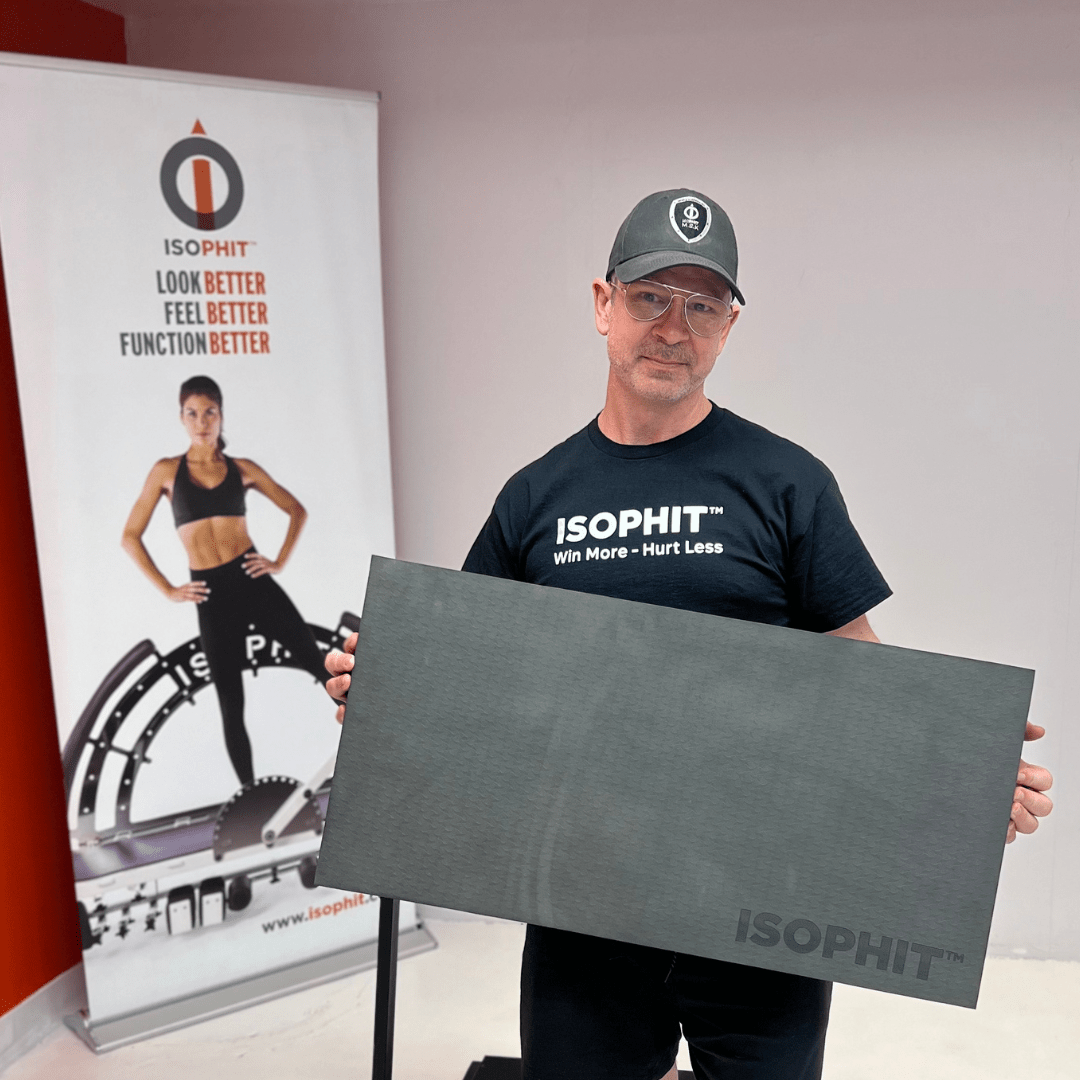


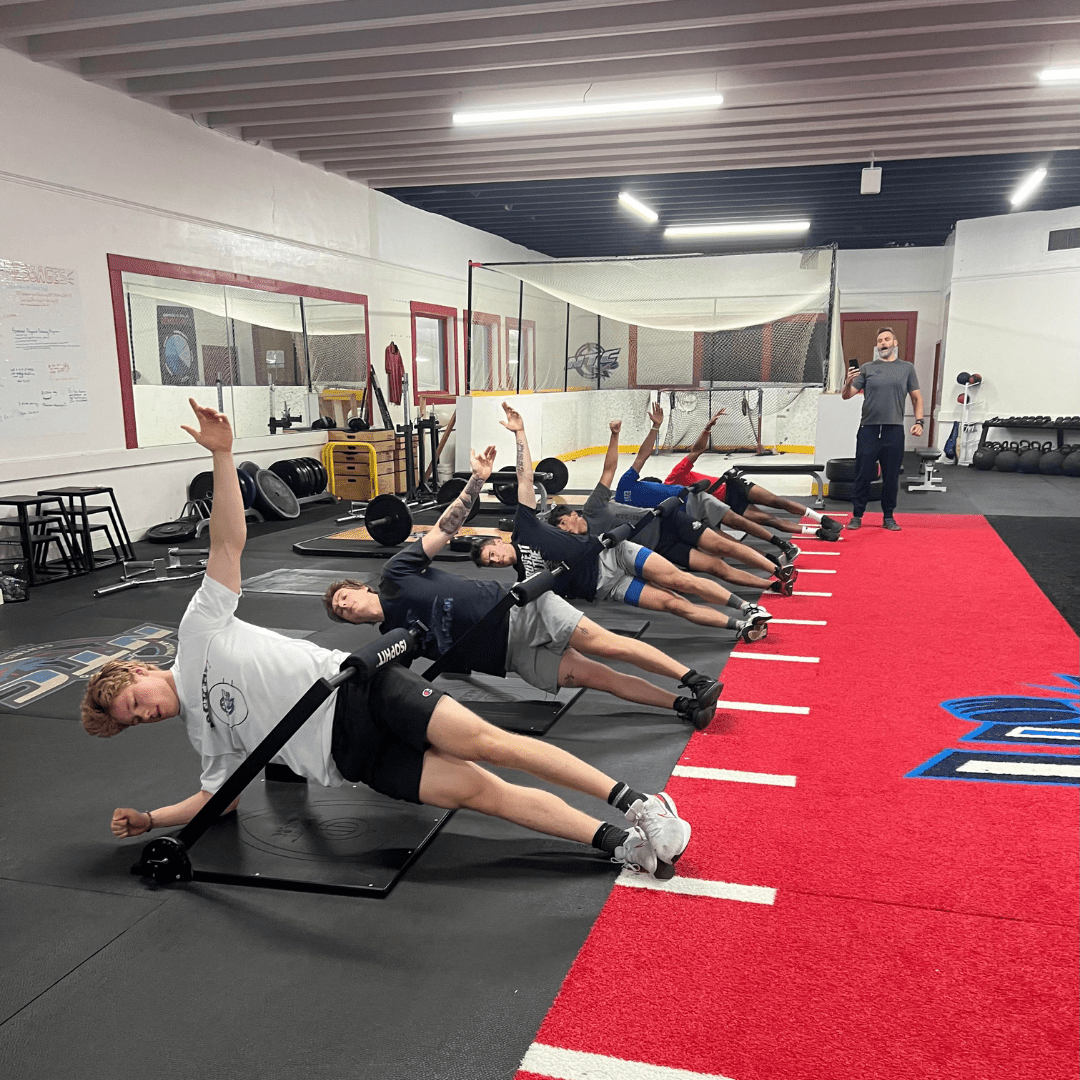
Share:
Isophit: Reduced Hamstring Stiffness Increases ACL Injury Risk.
Isophit: Isometric Training Shown to Prevent Muscle Damage, Resolve Pain, and Heal Bone.